Vatican, << VAT ih kuhn, >> City (pop. 1,000) is the smallest independent country in the world. It serves as the spiritual and governmental center of the Roman Catholic Church, the largest Christian church in the world. Vatican City covers only 109 acres (44 hectares), but it exercises religious influence over millions of Roman Catholics. Its ruler is the pope. Vatican City lies entirely within the city of Rome, Italy. But it is foreign soil to Italian citizens. Vatican City has been an independent country since 1929.
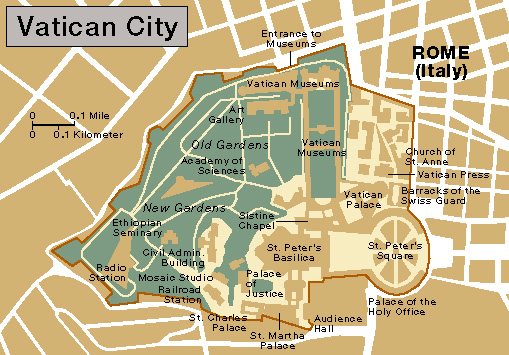
The official name of Vatican City in Italian is Stato della Citta del Vaticano (The State of Vatican City). The Vatican is a short name for the country and for the city that makes up the country. People often use the term Vatican to refer to the pope and the government of Vatican City.
Description
Vatican City is about as large as an average city park. It lies on Vatican Hill in northwestern Rome, just west of the Tiber River. High stone walls surround most of the city. The irregularly shaped area within these walls contains picturesque buildings in several architectural styles. It also contains many courtyards, landscaped gardens, and quiet streets. The huge St. Peter’s Basilica, with its giant dome, dominates the entire city.
Loading the player...Vatican City national anthem
St. Peter’s Basilica
is one of the world’s largest Christian churches. A basilica is a church that is given certain ceremonial privileges by the pope. St. Peter’s is not a cathedral, which is the principal church of a bishop’s diocese and contains his official throne. The pope is the bishop of Rome, and his cathedral church is the Basilica of St. John Lateran. See Saint Peter’s Basilica.
Loading the player...St. Peter's Square
Vatican Palace
is a group of connected buildings with well over 1,000 rooms. The palace’s various apartments, chapels, museums, and other areas cluster around several open courts. The pope’s apartment, the offices of the Secretariate of State, and reception rooms and halls occupy one part of the palace. The remainder is devoted largely to the Vatican Museums, the Vatican Archive, and the Vatican Library.
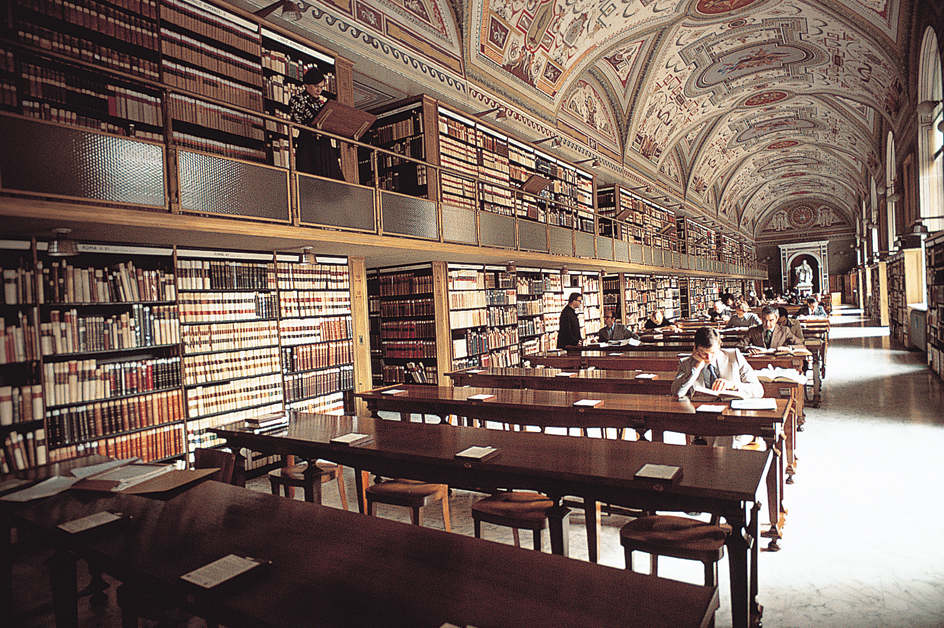
Vatican Museums
have a priceless collection of statuary, including the famous Apollo Belvedere and the Laocoon. The museums also have large sections devoted to pagan and Christian inscriptions, to Egyptian and Etruscan antiquities, and to modern religious art. The many rooms and chapels within the museums are decorated by the works of such master artists as Fra Angelico, Leonardo da Vinci, Pinturicchio, Raphael, and Titian. Some of Michelangelo’s greatest paintings decorate the ceiling and one large wall of the Sistine Chapel (see Michelangelo ; Sistine Chapel ).
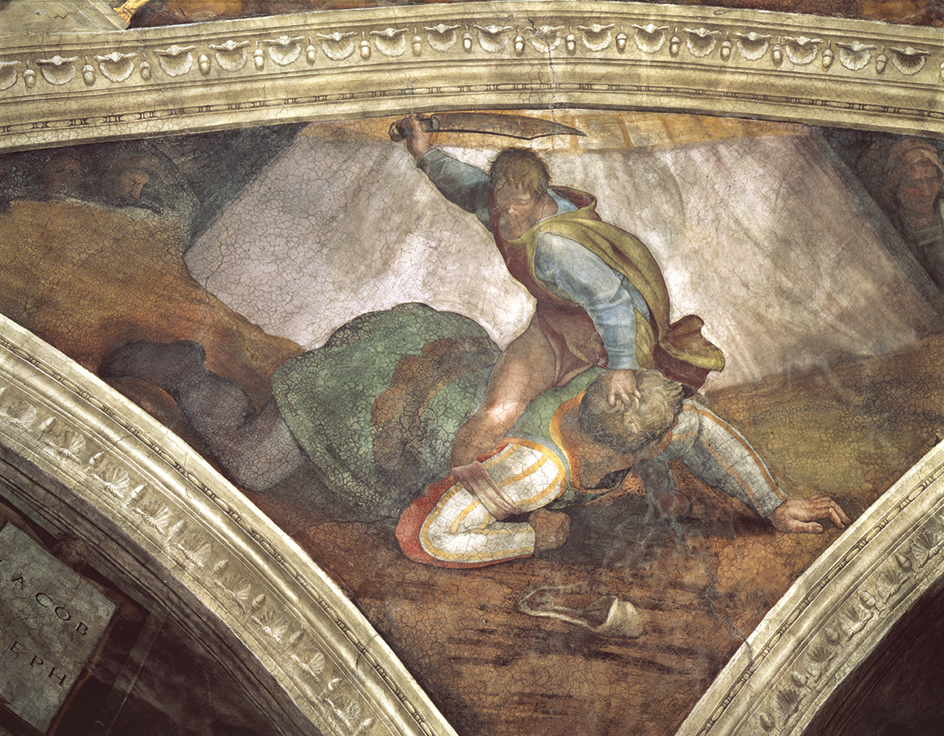
Vatican Archive
contains important religious and historical documents. Pope Paul V organized the archive in 1612. It houses such important documents as the request of the English Parliament for the annulment of the marriage of Henry VIII to Catherine of Aragon (1530), the original report on the trial of Galileo (1633), and the concordat of Napoleon (1801). Pope Leo XIII opened the archive to scholars in 1881. Since then, many European nations have created historical institutes to search the archives for information on their particular countries.
Vatican Library
has one of the world’s largest and most valuable collections of early manuscripts and books.
Other buildings
belonging to Vatican City but located outside the city walls include the basilicas of St. John Lateran, St. Paul’s-Outside-the-Walls, and St. Mary Major, all in Rome; and the pope’s summer villa and the Vatican observatory at Castel Gandolfo.
Administration
The pope, as absolute ruler of Vatican City, heads all government branches. But, since he devotes his time primarily to religious and ecclesiastical matters, he delegates most of his temporal authority to other officials.
The internal domestic affairs of Vatican City are the responsibility of the Pontifical Commission for Vatican City State, which is appointed by the pope. The president of the commission, whose duties resemble those of a mayor, directs Vatican City’s administration. Foreign affairs are handled by the Cardinal Secretary of State, who also coordinates ecclesiastical and political affairs. The Vatican has civil law courts in addition to the Tribunal of the Roman Rota, which handles religious cases. But most civil criminal cases are prosecuted by the Italian government. The office of the Master of Papal Ceremonies directs all ceremonies in which the pope takes part. The Prefecture of the Papal Household arranges audiences with the pope and also handles matters of protocol and etiquette. Vatican finances are controlled by a number of administrations, or departments.
Vatican City issues its own coins, license plates, and postage stamps. The pope’s yellow-and-white banner is the official state flag of Vatican City. 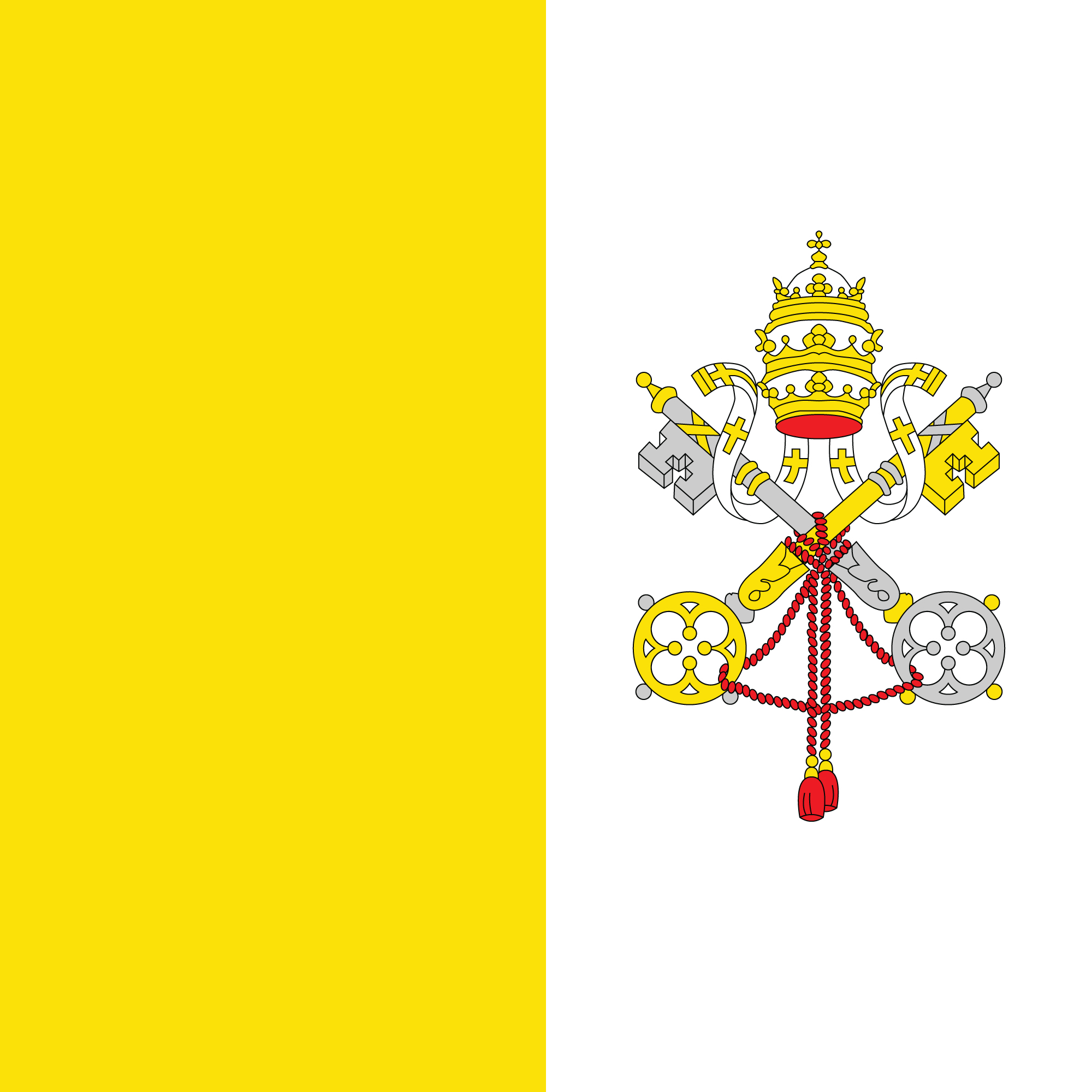
Public works.
The Vatican maintains its own lighting and street-cleaning services, mail system, telephone system, and water supply. It also has its own bank, a large printing plant, and a rarely occupied jail. Although the state has its own railroad station, no one has ever bought a ticket to Vatican City. The 300 yards (270 meters) of track that connect the station in Vatican City with an Italian railroad carry only freight.
Armed forces.
Vatican City has no army or navy. It depends on the Italian military for defense. However, the Vatican does have a military corps known as the Swiss Guard. The Swiss Guard maintains a constant watch over the pope and his personal residence (see Swiss Guard ). In addition, the Gendarmerie Corps of the Vatican City State serves as the country’s police force.
Diplomatic corps
of Vatican City includes legates (ambassadors) and other diplomatic personnel. The pope maintains diplomatic relations with most of the countries of the world through the corps. The highest-ranking legates of the corps, the papal ambassadors, are called the nuncios. The nuncios serve as representatives to governments and religious groups of various nations, including Canada, the United Kingdom, and the United States. Papal representatives in countries that have no formal diplomatic relations with the Vatican are called apostolic delegates.
Communications.
The Vatican publishes L’Osservatore Romano, one of the most influential daily newspapers in the world. The Vatican also has a press office that reports news daily. Vatican Radio, a broadcasting station devoted to serving the pope’s ministry, was founded in 1931 with the assistance of the Italian scientist Guglielmo Marconi. The network broadcasts news and programming in numerous languages. The Vatican Television Center produces live programming of papal events.
History
Vatican Hill was once the site of the Roman Emperor Nero’s public gardens and circus. Many early Christians suffered martyrdom there. According to tradition, Saint Peter was crucified in Nero’s circus and buried in a nearby tomb. In the A.D. 100’s, a shrine was erected on the site, and it became a place for Christian pilgrimages.
In the A.D. 300’s, the Christian emperor Constantine the Great built a basilica over the tomb in which Saint Peter was believed to be buried. The basilica was one of the largest building projects undertaken in ancient Rome. The basilica endured for over 1,000 years. The Vatican Palace and other structures were gradually built around the basilica. But the main residence of the popes during the Middle Ages was the Lateran Palace in Rome, not the Vatican. In the early 1500’s, construction began on the current St. Peter’s Basilica, which was built on the site of the first basilica.
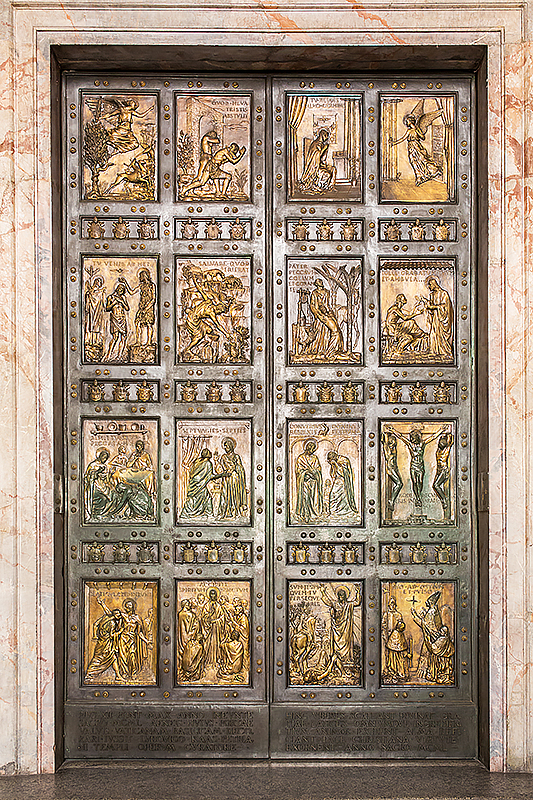
For hundreds of years, popes ruled an area in central Italy called the Papal States. With the unification of Italy in 1861, the Kingdom of Italy took over the Papal States. Rome became the capital of Italy in 1871. In protest, Pope Pius IX and his successors withdrew inside the Vatican and refused to deal with the Italian government. In 1929, the Lateran Treaty was signed. By the terms of the treaty, the pope gave up all claim to the Papal States, and Italy agreed to the establishment of the independent State of Vatican City. For the provisions of this treaty, see Papal States.
In 1939, Pope Pius XII initiated a series of excavations beneath St. Peter’s Basilica. Archaeologists uncovered a tomb thought to be that of Saint Peter, as well as parts of a Roman necropolis (city of the dead).
See also Pope ; Roman Catholic Church .
